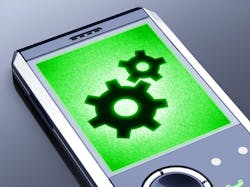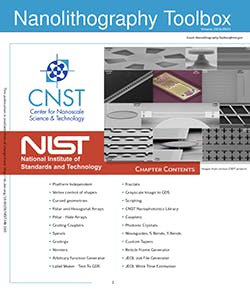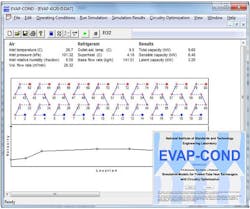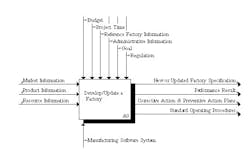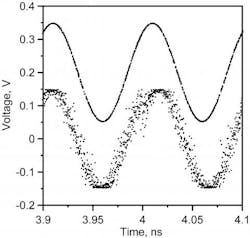Here are some free apps developed by engineers and researchers at the National Institute of Standards and Technology (NIST).
For more information or to download the app, click here.
To download EVAP-COND, click here.
To download the FDI activity model, which runs on AIØ, click here.
Once the timebase error is known, it can be applied to a simultaneously measured signal of interest if the timing errors of the simultaneous measurements are sufficiently correlated. The software lets users correct random and systematic timebase errors using measurements of two quadrature sinusoids made simultaneously with a waveform of interest.
NIST maintains a library of free apps it has developed for engineers and researchers. For a complete look at it, click here.
About the Author
Stephen Mraz Blog
Senior Editor
Steve serves as Senior Editor of Machine Design. He has 23 years of service and has a B.S. Biomedical Engineering from CWRU. Steve was a E-2C Hawkeye Naval Flight Officer in the U.S. Navy. He is currently responsible for areas such as aerospace, defense, and medical.
